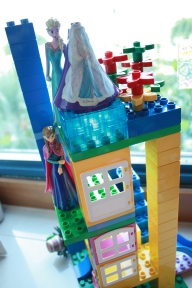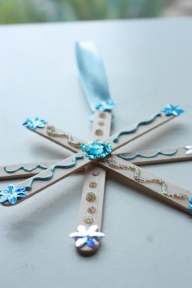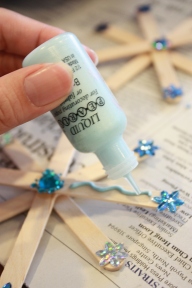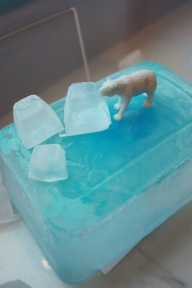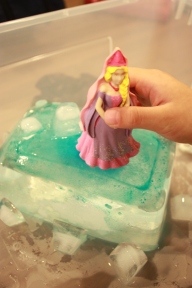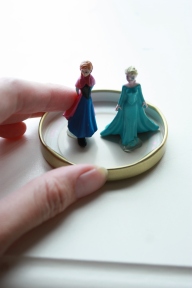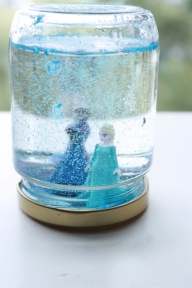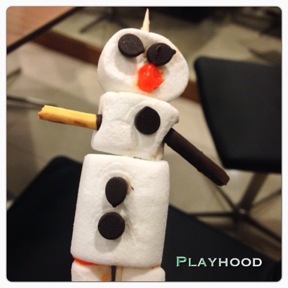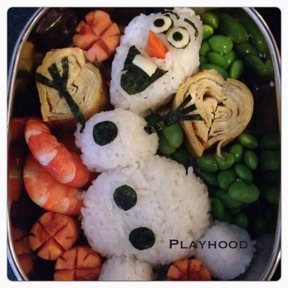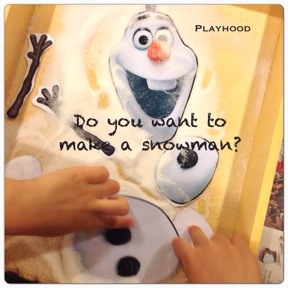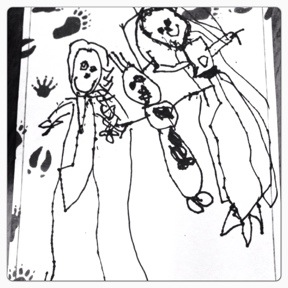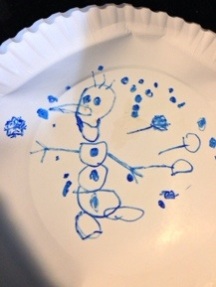10 Frozen Fun Activities!
The insane popularity of this Disney movie has gotten kids singing the theme songs in the malls, classrooms and kids’ playdates.
Tapping on my little girl’s interest in the movie hit Frozen, I have decided to capitalise on that to come up with 10 different sensorial and learning activities!
1. Pretend Play
My 3 year old has been so captivated by the characters in Frozen movie, that she does all kinds of pretend play with her princess dolls.
I enjoy watching and being amused by the play scripts my girl comes up with whenever she is engaged in pretend, dramatic play. The latest being the conversations and songs between the Frozen sister, Elsa and Anna
2. Making a Snowflake!
Tying in with the Frozen Movie craze, my gal has been fascinated with the idea of snow despite our hot humid weather all year round.
I thought why not let her experience deeper with the concept of snow by making a snowflake ornament, with the colour theme blue, so as to add to her Frozen props for role-play!
3. Frozen Ice!
I thought to make the play scene more elaborate and sensorial, why not create some frozen fun for her with some ice blocks and ice cubes?
To make the ice blocks, simply recycle your plastic containers, add some blue food colouring and freeze it overnight! And you are ready to enact the play scene!
4. Frozen Snow Globe!
One of my favourite activities is to come up with a snow globe, based on the theme of snow and winter throughout.
The shimmering magic of snowfall is always transfixing, whether s it winter or not for your season.
These globes allow your child to create a wintry scene straight out of their own imagination.
5. Storytelling with the books!
Nothing like retelling this heartwarming plot through the use of books! Allow your child to experience the depth of the characters and seeing the story come alive through the use of beautiful illustrations!

6. Olaf Marshmallow!
Kids will love this food making activity! Just get marshmallows, chocolate chips, raisins and some orange icing and they are ready to make the adorable snowman that is also edible!
7. Olaf Sushi!
Thanks to my sister-in-law who ingeniously created this incredible Olaf Sushi! This is too cute to be eaten, but my girl gobbled it all up in no time!
8. Stickers
Why not add some magnetic tape on the Frozen character stickers and create props for the children to enact scenes from the story on magnetic whiteboards?

9. Making an Olaf Snowman!
You can create a Olaf tray where the child has to assemble the different Olaf snowman body parts together!
10. Colouring & Drawing
For some quiet seat work, colouring is great for them to focus and fill the pages of their favourite characters with colour! Drawing the characters out also stretches their imagination and builds their attention to details. We were at a play date when the kids started drawing the characters on white sheets and even on paper plates!
For colouring pages, just google Frozen Colouring Pages
Have an icy blast with the kids with these activities! 🙂

